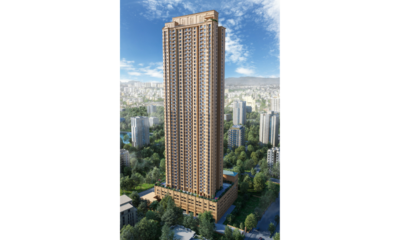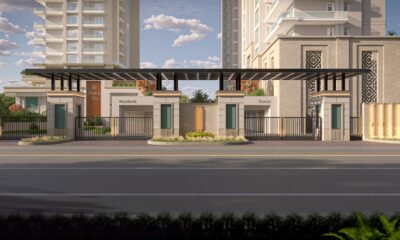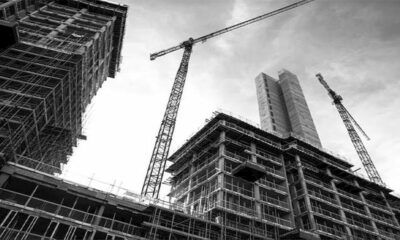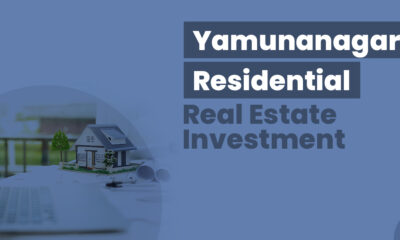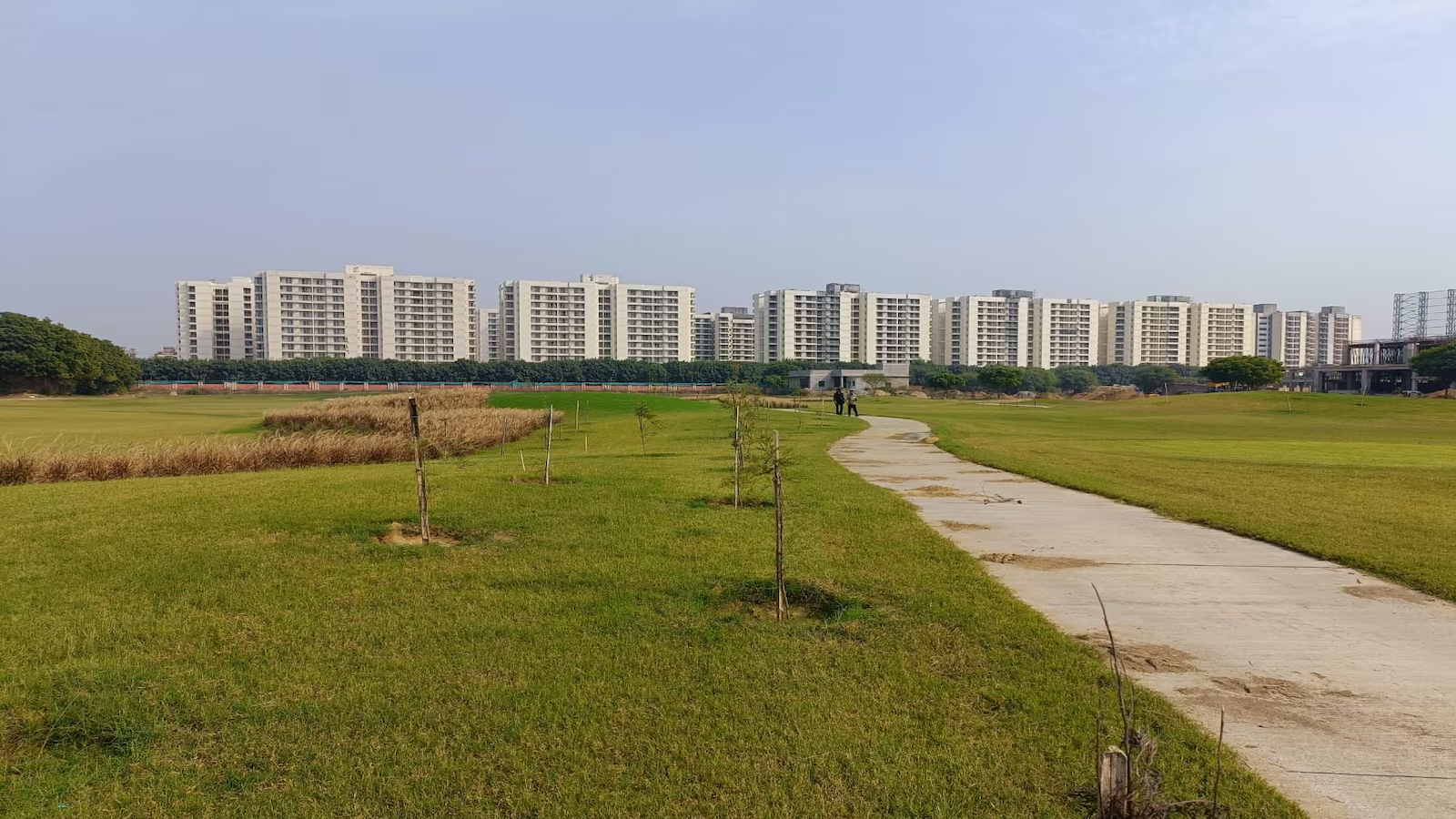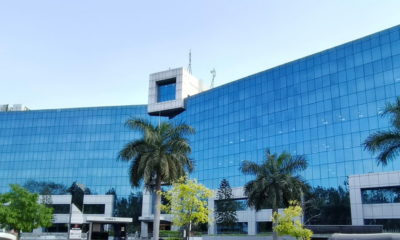Guest Column
Five years of Modi
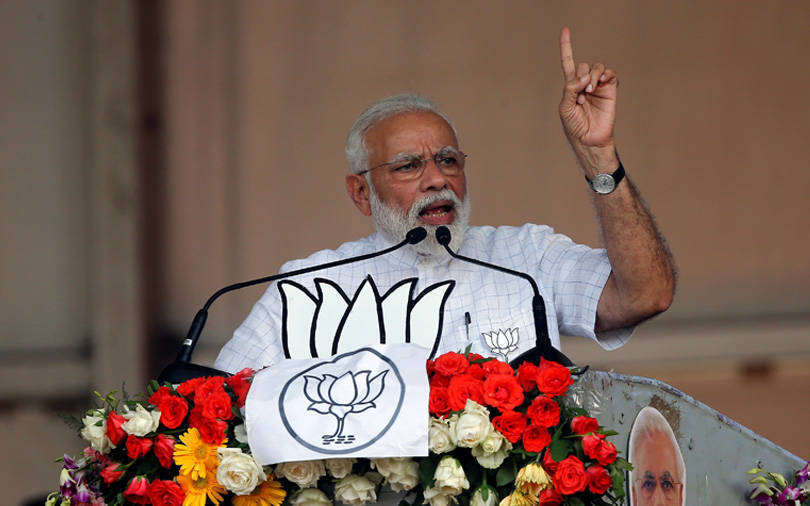

Is Indian real estate’s ‘house’ in order?


From major policy overhauls to amendments in old Acts, from a decisive impetus to infrastructure development, and from the arguably Utopian 100 Smart Cities and ‘Housing for All by 2022’, one thing is clear – the Modi Government set the stage for Indian real estate to flourish in the long-term.
The measures he took to achieve this did have short-term negative impacts, but nobody can argue that this is a case where short-term pain is necessary for the sake of long-term gain. That said, the on-ground implementation for most of these initiatives is far from what could have been achieved even in just five years.
Let’s examine the five major initiatives Modi undertook for the real estate sector – current state, positive or negative impact, and the most significant numbers:
Triple-policy impact – DeMo, RERA & GST
This policy ‘trishul’ brought about a paradigm shift in the way Indian real estate does business and laid the groundwork for improved transparency and efficiency in the sector. However, while end-user and investor confidence were rekindled for real estate, it did not exactly set the industry on fire with renewed interest.
Despite the Centre’s aim to enforce RERA across states, it still falls far short of the intended deployment targets – both quantitatively and qualitatively. Even today, many states have not yet notified their RERA rules, while in other states, buyers are justifiably outraged about the dilution of rules that have been notified.
The sector braved the fallout of GST and DeMo but was hit hard in the short-term. A flat 12 per cent GST on under-construction homes remained a huge burden until April 1 2019 – the fag end of the Modi Government’s current term – finally brings some relief in what could, rightly or wrongly, be construed as last-ditch electoral damage control.
Infrastructure – Extending India’s lifeline
Well aware of its direct positive impact on the country’s economy, the Modi Government took a multi-modal approach towards the development of infrastructure in the last five years.
In its maiden Budget, it set up NICA (National Industrial Corridor Authority) which is tasked with executing five industrial corridor projects, each passing through various industrial clusters, towns and cities. On the completion of this undertaking, we will see some very convincing real estate growth the hinterlands which will be connected by these corridors. Apart from industrial real estate and the natural spin-off demand for housing around industries, this initiative will also boost the demand for logistics and warehousing.
Again, however, the ‘real’ impact will be seen only over the long-term. Apart from the fact that these are massive, time-intensive undertakings, there are issues like land litigations, farmer consent and compensation, etc. to contend with.
The pace of NICA’s development will be slow at best. As it is, 369 infrastructure projects of the total 1,420 under implementation are faced with cost overruns, and another 366 are significantly delayed.
Amending key Acts
To unearth black money, the Modi Government amended the Benami Transactions (Prohibition) Act 2016 under which authorities can seize properties held in other people’s or fictitious names.
After passing the Insolvency and Bankruptcy Code (2016), the Government further ironed out some wrinkles in it in 2018 – it recognised homebuyers as financial creditors with a status equal to that of banks and institutional creditors when it comes to recovering dues from bankrupt real estate firms.
However, exactly how the resolution mechanism for claiming dues works for homebuyers is still a grey area – will they be treated as secured creditors or unsecured ones? Secured creditors obviously hold priority status when it comes to recovering payments.
Affordable homes: Lots of buzz, not enough honey
Ever since the Modi Government came to power and proclaimed the thereafter much-touted ‘Housing for All by 2022′ vision, the term ‘affordable housing’ became the new buzzword. This segment was accorded infrastructure status, and the Government stated its intention to provide one crore houses under PMAY in urban areas between 2015 and 2022.
This was not just hot air and came with multiple sops to actually induce action in the budget homes segment which certainly aroused interest among both buyers and developers. The previously avoided ‘affordable’ suddenly became respectable and even attained a patriotic tint which developers were quick to capitalize on.
The term ‘affordable’ has historically been the second-most misused term in Indian real estate after ‘luxury’. This dynamic took on a whole new dimension after the ‘Housing for All by 2022’ mission was announced and backed by various incentives to buyers and developers.
The way developers interpreted ‘affordable’ in the past was by in terms of compromised quality, inferior locations and the most basic amenities. RERA, wherever it has been deployed, has put an end to this interpretation to some extent – but then, RERA is neither a nation-wide phenomenon nor a uniform one when it comes to specific states’ versions of it.
In any case, progress under PMAY has been slow and as of now, we’re not looking at realistic completion of the targeted number of homes. As per MoHA, out of the total 79 lakh homes sanctioned under PMAY as on March 2019, only around 39 per cent have either been completed or occupied. The gap is a little too big to ignore.
- The measures he took to achieve this did have short-term negative impacts, but nobody can argue that this is a case where short-term pain is necessary for the sake of long-term gain.
- Despite the Centre’s aim to enforce RERA across states, it still falls far short of the intended deployment targets. Even today, many states have not yet notified their RERA rules.
- The sector braved the fallout of GST and DeMo but was hit hard in the short-term. A flat 12 per cent GST on under-construction homes remained a huge burden until April 1 2019.
- Well aware of its direct positive impact on the country’s economy, the Modi Government took a multi-modal approach towards the development of infrastructure in the last five years.
- The pace of NICA’s development will be slow at best. As it is, 369 infrastructure projects of the total 1,420 under implementation are faced with cost overruns, and another 366 are significantly delayed.
- After passing the Insolvency and Bankruptcy Code (2016), the Government further ironed out some wrinkles in it in 2018 – it recognised homebuyers as financial creditors.
- Ever since the Modi Government came to power and proclaimed the thereafter much-touted ‘Housing for All by 2022′ vision, the term ‘affordable housing’ became the new buzzword.
- The term ‘affordable’ has historically been the second-most misused term in Indian real estate after ‘luxury’. This dynamic took on a new dimension after the ‘Housing for All’ mission was announced.
- As per MoHA, out of the total 79 lakh homes sanctioned under PMAY as on March 2019, only around 39 per cent have either been completed or occupied. The gap is a little too big to ignore.
- In theory, the ambitious 100 Smart Cities programme aims to transform the selected cities’ real estate markets, but it has definitely not unfolded as planned.
- While the commercial and retail real estate sectors assumed a steep upward trajectory after various reformatory changes, the numbers indicate that doors are still largely locked on the housing sector.
- Back in the ‘heyday’ of the Indian residential sector, builders launched whatever they wanted, wherever they wanted to launch it. Today, we have a massive demand-supply mismatch.
- The share of new affordable housing supply (homes priced below Rs 40 lakh) has been increasing from 2015 onwards. Post-2017, its share dominated the overall supply in the residential market.
- Compact homes have become the new normal in the expensive metros, and builders are not shying away from offering such housing regardless of their market orientation in previous years.
- Amid new trends emerging in residential real estate, the last five years have seen the sector held to ransom by multiple issues, including stalled or delayed projects.
Smart Initiatives: Lacking intelligent deployment
Initiatives like 100 Smart Cities, AMRUT, HRIDAY, Make in India etc. have undoubtedly induced new vigor into the Indian real estate market, with direct or indirect impacts. The Modi Government has put in ceaseless efforts to improve India’s position on the Ease of Doing business rankings. This has had positive implications for the commercial sector, which obviously also boosts residential real estate demand.
In theory, the ambitious 100 Smart Cities programme aims to transform the selected cities’ real estate markets, but it has definitely not unfolded as planned. Rather than the larger cities – which, due to their larger municipal wealth, would logically have been expected to be the forerunners – it was some of the smaller cities selected under the Smart Cities program which actually showed the most progress.
Just 6 per cent of the total estimated Rs 2.03 lakh crore allocated for the development of Smart Cities has actually been released in three years.
Residential Real Estate – Still under ‘house’ arrest after five years?
While the commercial and retail real estate sectors definitely assumed a steep upward trajectory after various reformatory changes, the numbers indicate that the doors are still largely locked on the Indian housing sector. This is perhaps not surprising since this segment had historically attracted the bulk of black money in the Indian real estate system.
Nevertheless, we have seen progress. Housing loan interest rates have declined by 16 per cent in 5 years – from nearly 10.3 per cent in 2014 to 8.85 per cent in 2018. The BSE realty index also saw a 25 per cent jump in the same period.
- New unit supply and housing sales decline: Back in the ‘heyday’ of the Indian residential sector, builders launched whatever they wanted, wherever they wanted to launch it. Today, we have a massive demand-supply mismatch, and the realisation that supply must follow ‘real’ demand came a little late to give the Modi Government much room to save the day.
Due to the relatively newly-adopted cautious approach by developers, the top 7 cities saw the supply of new housing units reduce by 64 per cent in the last five years – from 5.45 lakh units in 2014 to 1.95 lakh units in 2018. Housing sales were also slow, dropping by 28 per cent during the same period – from 3.43 lakh units in 2014 to 2.48 units last year.
- Affordable is the new black: Following the Modi Government’s push for affordable housing, this segment has grabbed the attention of even the leading developers of the country. As per ANAROCK data, the share of new affordable housing supply (homes priced below INR 40 lakh) has been increasing from 2015 onwards. Post-2017, its share dominated the overall supply in the residential market.
Also, the number of affordable units launched across the top seven cities was nearly 77,590 units in 2018, rising by 18 per cent against 2017. If we break it down further, nearly 25 per cent of the total units in the affordable category are priced below Rs 20 lakh. This share has increased by 17 per cent in 2014 to 25 per cent in 2018.
- Property sizes shrink to fit into ‘affordable’ tag: Compact homes have become the new normal in the expensive metros, and builders are not shying away from offering such housing regardless of their market orientation in previous years. The average property sizes in the top seven cities shrunk by 17 per cent in five years; from 1,390 sq. ft. in 2014 to 1,100 sq. ft. in 2018.
- Property prices see a ‘time correction’: Property prices in the primary markets have seen more of a ‘time correction’ rather than a price correction, with average prices across top 7 cities seeing a meagre 7% increase in the 5 years. Considering inflation (assuming 7% a year) all cities will have seen negative price trends in the last 5 years.
Tough road ahead, post-polls
While the current Government’s intention to set Indian real estate’s house in order warrants accolades, much more is needed going forward. Amid new trends emerging in residential real estate, the last five years have seen the sector held to ransom by multiple issues including stalled or delayed projects, a massive pile-up of unsold stock across cities (despite the housing shortage), property prices that remain unaffordable for the largest part of the population, and the ongoing credit squeeze on developers.
The GST rate cuts and Budget sops will not cure these ills – the immediate need is for a much broader strategy. Whichever government is in power post the upcoming elections, it inherits the task of unchaining the sector from its woes.
Some of the tasks ahead:
- Creating uniform taxation between under-construction and ready-to-move-in properties
- Reducing developers’ dependence on costly external funding sources like private equity by proactively easing lending norms and further boosting consumer confidence to help advance sales increase.
- Unfettering stalled or delayed projects – a syndrome that has severely diminished buyers’ faith in under-construction properties. Measures must be taken to ensure that such projects are either completed or their buyers fully reimbursed their stuck money so that they can focus on other housing options.
- RERA implementation across all major states cannot remain on paper. It must leave the bureaucratic discussion tables and become an on-ground reality. There are no two ways about this.
-



 News3 weeks ago
News3 weeks agoKW Delhi 6 Mall Onboards New Brands
-



 News4 weeks ago
News4 weeks agoManasum Senior Living Launches IKIGAI GOA, A Senior Living Community in North Goa, in collaboration with Prescon Homes
-



 News2 weeks ago
News2 weeks agoGodrej Properties Sells Rs 3k cr+ Homes of Godrej Zenith, Gurugram, within 3 days
-



 News3 weeks ago
News3 weeks agoCommercial Realty Gets Tech Savvy: Fast Construction, Enhanced Convenience
-



 News4 weeks ago
News4 weeks agoBridging India Divide: Top 5 Tier- 2 Cities to Focus On
-



 News4 weeks ago
News4 weeks agoMultipoint Connection – A Definite Boon
-



 News3 weeks ago
News3 weeks agoRBI’s Status Quo on Key Policy Rates to Help Maintain the Real Estate Growth Momentum, Say Industry Stalwarts
-



 News1 week ago
News1 week agoOlive Announces Dhruv Kalro as Co-Founder







